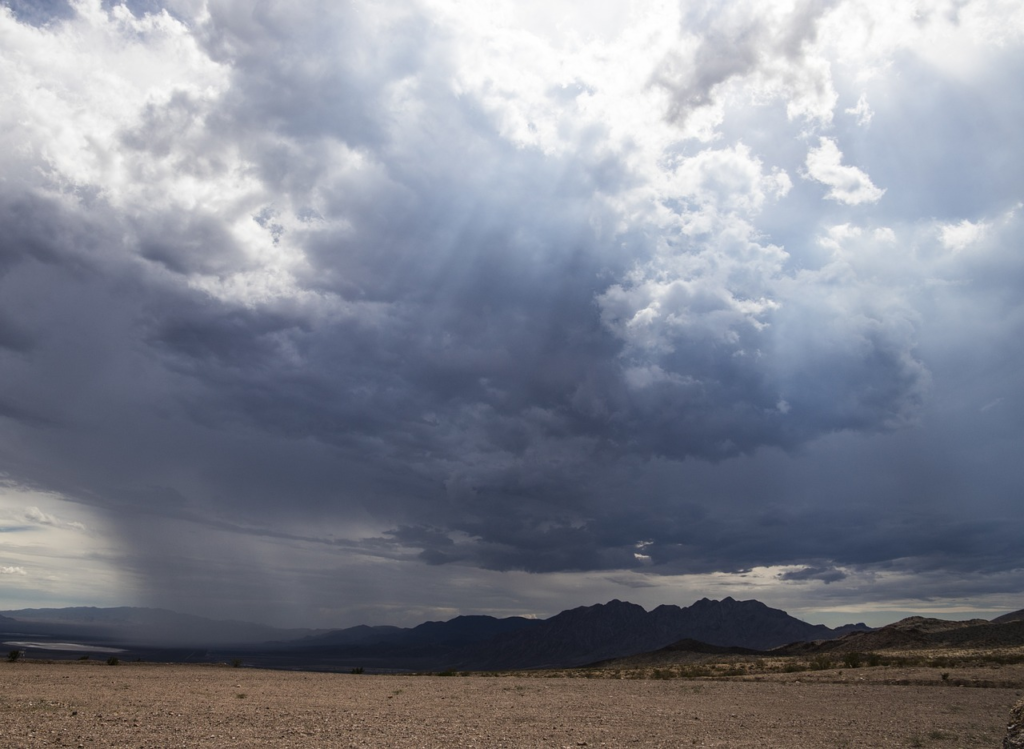
In the face of droughts and water scarcity, the idea of artificially inducing rainfall in dry regions has been a topic of fascination and scientific research. The concept, which once sounded like science fiction, has gradually transitioned into reality due to significant advancements in weather modification technologies. This article explores the science behind these technologies and their effectiveness in invoking rain in arid areas.
Read about:
Cloud Seeding: A Technological Approach to Rain Induction
The most widely used technology for rain induction is cloud seeding, a form of weather modification aimed at enhancing precipitation. It involves dispersing substances into the air that serve as cloud condensation nuclei (CCN) or ice nuclei, altering the microphysical processes within the cloud to increase rainfall.
The substances, typically silver iodide, potassium iodide, or liquid propane, facilitate the formation of droplets by providing a base for water vapor to condense. These droplets then coalesce to form larger droplets and, when heavy enough, fall as rain.
Cloud seeding can be performed using aircraft that fly into clouds and release the seeding agents, or through ground-based systems like generators or canons which propel the agents into the cloud.
The Effectiveness and Controversy
The effectiveness of cloud seeding remains a topic of debate within the scientific community. While there have been cases of successful cloud seeding projects, such as in the United Arab Emirates and China, these successes are often met with skepticism.
The main point of contention is the difficulty in determining whether the increased rainfall resulted from cloud seeding or would have occurred naturally. Randomized experiments and sophisticated modeling techniques are employed to establish causality, but the complexity and unpredictability of weather patterns make definitive conclusions elusive.
In addition to this, ethical and environmental concerns are often raised. There are worries about the long-term impact of introducing chemicals into the environment, potential harm to local ecosystems, and whether weather modification could inadvertently cause weather extremes, such as floods or hailstorms.
Emerging Technologies: Ionization Technology
More recent technologies for invoking rain involve ionization, a process that uses electrically charged particles to create rain. This method uses ion generators to release negatively charged ions into the atmosphere. These ions bond with airborne particles, giving them a charge. These charged particles can then attract water molecules from the surrounding air, encouraging condensation and cloud formation, which can lead to rainfall.
One company implementing this technology is WeatherTec, a Swiss-based company, which has launched projects in the Middle East and Australia. They claim their technology is environmentally friendly and can increase rainfall by up to 20%.
Conclusion: The Future of Rainmaking
While our ability to influence weather and induce rainfall has significantly improved, it’s important to note that these technologies are not a panacea for drought or water scarcity. They are tools that can supplement, but not replace, sustainable water management practices.
Moreover, given the ethical, environmental, and geopolitical implications of weather modification, it’s crucial to approach these technologies with caution. Robust regulations, comprehensive environmental impact assessments, and international cooperation will be essential in harnessing these technologies responsibly.
Further research and technological advancements may make rainmaking more predictable and effective in the future. As our understanding of atmospheric science deepens and our weather modification tools become more refined, the dream of evoking rain in dry areas could become a reliable reality. But until then, these technologies serve as a promising, if controversial, glimpse into the future of weather management.
